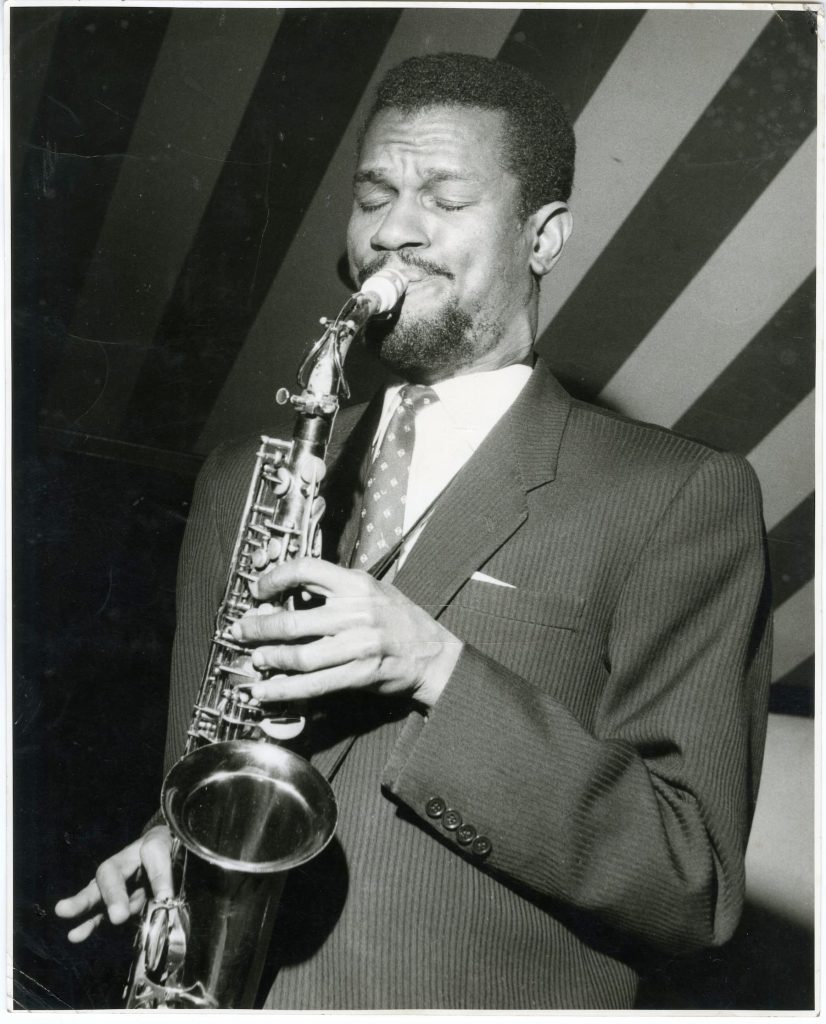Born Joseph Arthurlin Harriott on 15 July 1928 in Kingston, Jamaica, Joe Harriott was a visionary saxophonist, composer and pioneer whose contribution to jazz remains underappreciated, despite his innovations shaping the genre in profound ways. From the halls of the Alpha Boys School to the clubs of London, Harriott’s musical journey was one of brilliance, bold experimentation and, tragically, quiet neglect.
A Sound Shaped by Jamaica
Harriott’s first instrument was the clarinet, which he learned at the Alpha Boys School (now Alp[ha Institute)—an institution known for producing generations of musical legends. He later transitioned to the baritone and tenor saxophone before settling on the alto, which became his signature voice. His early experiences playing in Jamaican dance bands infused his style with the rhythms of mento and calypso, giving his music a distinct Caribbean flavour that would continue to echo through his most avant-garde work.
In 1951, Harriott moved to the UK as part of Ossie Da Costa’s band. The group eventually returned home, but Harriott chose to stay, quickly making a name for himself in London’s jazz scene. Sitting in at the Feldman Club on Oxford Street, his fiery bebop style turned heads, and soon he was playing with the likes of Tony Kinsey, Ronnie Scott and Phil Seamen.
The only existing footage of Joe Harriott performing
Bebop Virtuoso Turned Trailblazer
Though he was initially seen as a bebopper in the vein of Charlie Parker, Harriott forged his own musical path. His early recordings—Southern Horizons, Free Form—showcased his lyrical improvisation and unorthodox phrasing, steeped in the blues but filtered through a uniquely Caribbean sensibility. But it was his radical shift in the 1960s that would cement his place in jazz history.
While recovering from tuberculosis in hospital in 1959, Harriott began to rethink the very structure of jazz. The result was his own take on “free-form” music—distinct from the American innovations of Ornette Coleman. His approach prioritised collective improvisation over soloing, creating a dynamic, ever-shifting musical dialogue among his bandmates. “What we try to do is to paint sounds… colours and effects,” he explained in a rare interview, capturing the essence of his radical vision.
Albums like Free Form (1960), Abstract (1962), and Movement (1963) broke new ground. Abstract earned a rare five-star review from DownBeat magazine, the first ever for a British jazz record. Harriott’s compositions, including Coda and Beams, blended intellectual rigour with searing emotion, earning the admiration of peers like Charles Mingus—even if mainstream recognition remained elusive.
Indo-Jazz and Global Fusions
Never content to stay within boundaries, Harriott went on to co-create one of the earliest East-West musical collaborations with Indian violinist John Mayer. Their Indo-Jazz Fusions albums, beginning in 1966, paired Indian classical musicians with jazz players in a pioneering “double quintet.” These experiments, predating the term “world music” by decades, revealed Harriott’s relentless curiosity and belief in the universality of music.
Other collaborations—such as the album Hum-Dono with guitarist Amancio D’Silva—further highlighted Harriott’s openness to genre-blending and his ability to seamlessly adapt without ever losing his voice.
A Life of Genius, A Death in Obscurity
Despite his formidable talent, Harriott spent his final years in hardship. As jazz gave way to rock and pop, performance opportunities dried up. He endured long periods of unemployment and ill health, and by the early 1970s was living in near destitution. “I was a bit early it seems. Maybe if I could change my name and go out and play the same things as ten years ago, I’d make money. Perhaps the public wasn’t prepared for it then, but might take it better now,” he reflected in a 1971 interview.
Harriott died of cancer on 2 January 1973 in Southampton, aged just 44. His gravestone bears a defiant reminder of his brilliance: “Parker? There’s them over here can play a few aces too.”

A Legacy Reclaimed
In life, Harriott’s music was too forward-thinking for the establishment and too “colonial” for the celebrity status afforded to American jazzmen. He was a Caribbean genius operating in a Britain that wasn’t ready to embrace Black excellence on its own terms. But time has vindicated him.
Today, his influence can be heard in the work of British jazz artists like Courtney Pine, Soweto Kinch, and Gary Crosby. Kinch, who paid tribute to Harriott in live performances, called him “a great British jazzman we neglected for too long.”
Recent reissues of Free Form, Abstract, and Indo-Jazz Fusions have introduced Harriott’s music to new audiences. His story is increasingly recognised as central to the development of British jazz—and a vital chapter in the global story of innovation, migration, and musical daring.
As we remember Joe Harriott on what would have been his 96th birthday, we celebrate not just a saxophonist of stunning skill, but a visionary whose time is finally coming. His music, once sidelined, now stands as a testament to a man who painted with sound and never stopped reaching beyond the ordinary.

 4 months ago
18
4 months ago
18
 English (US) ·
English (US) ·